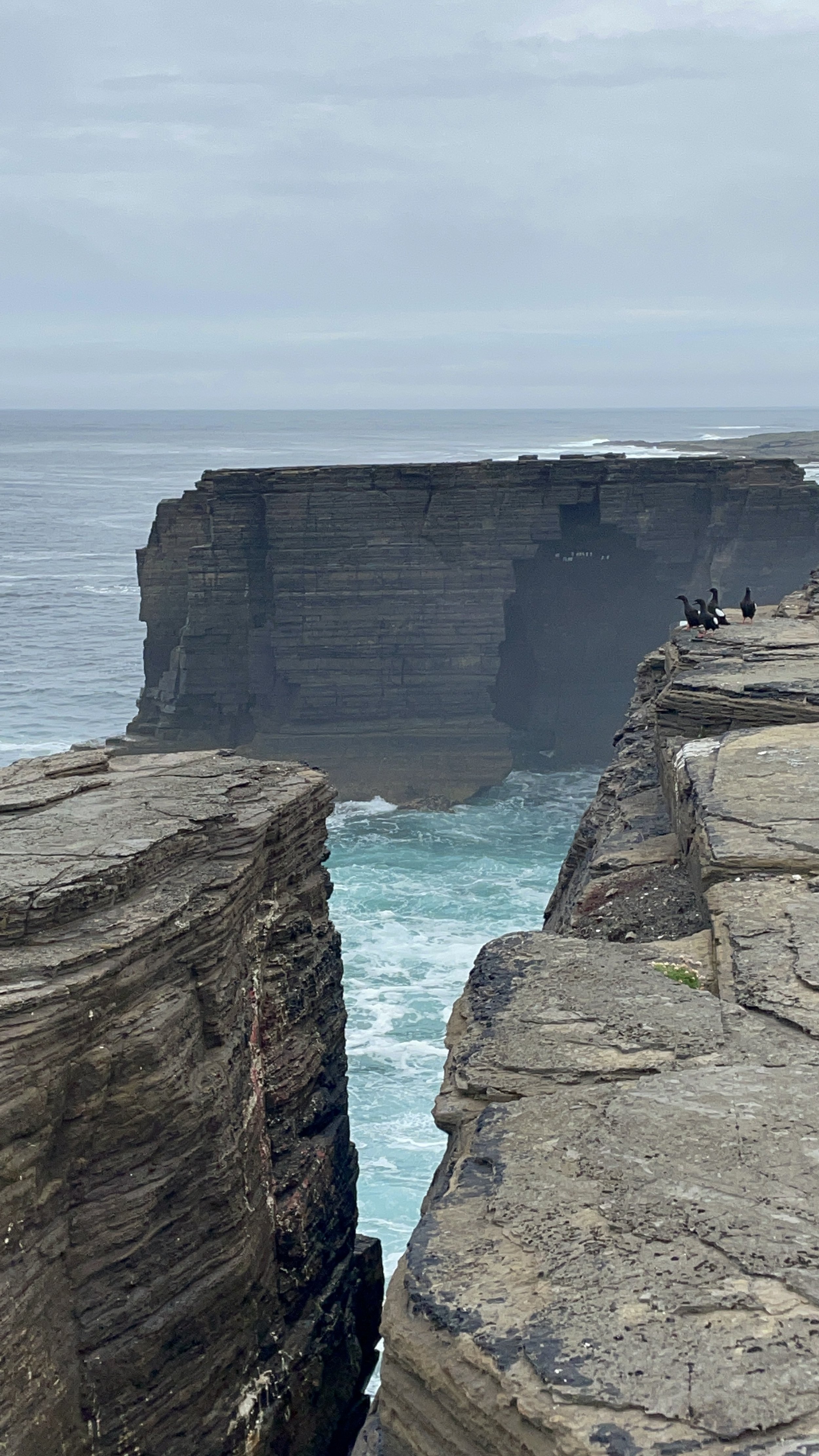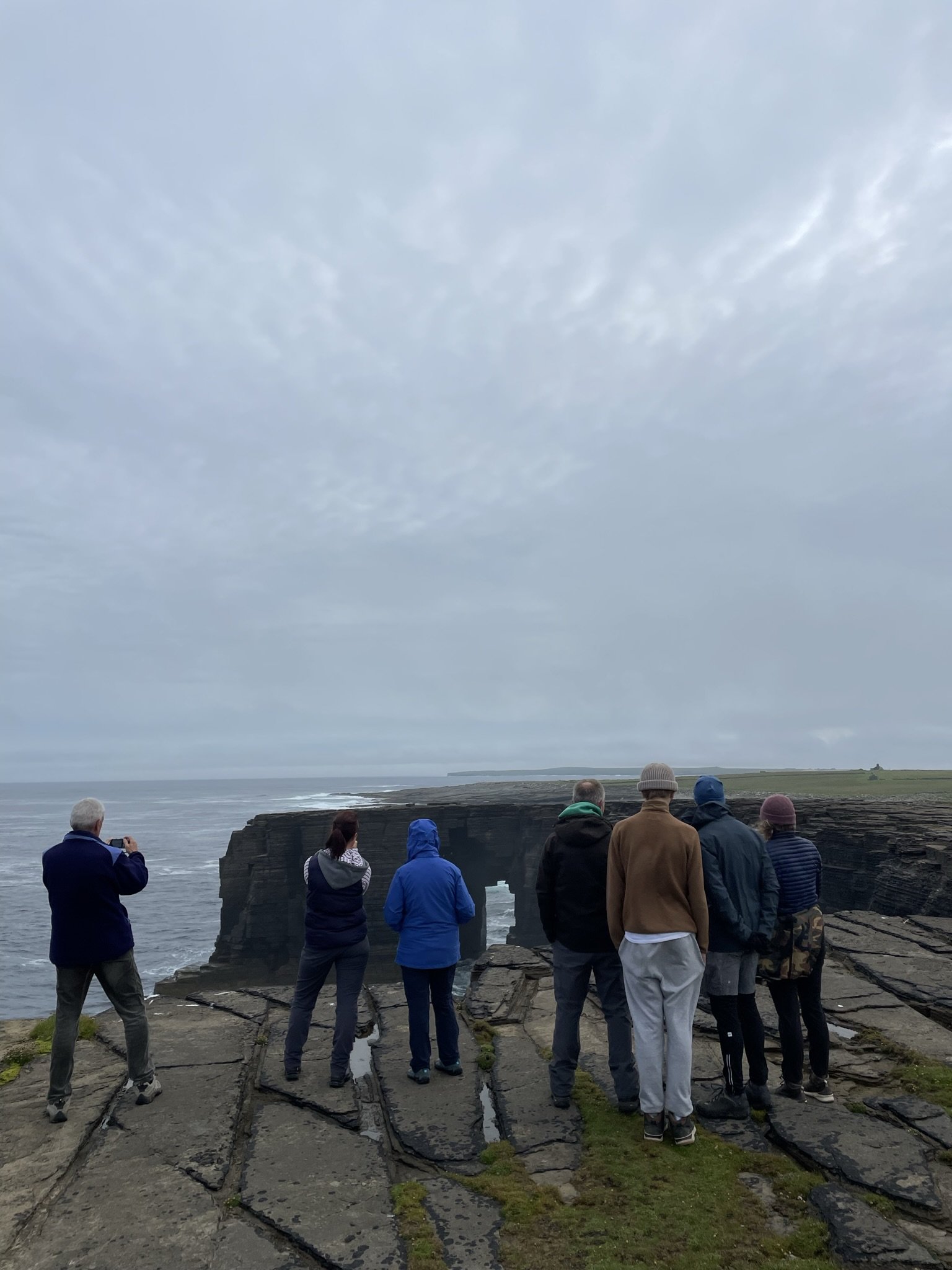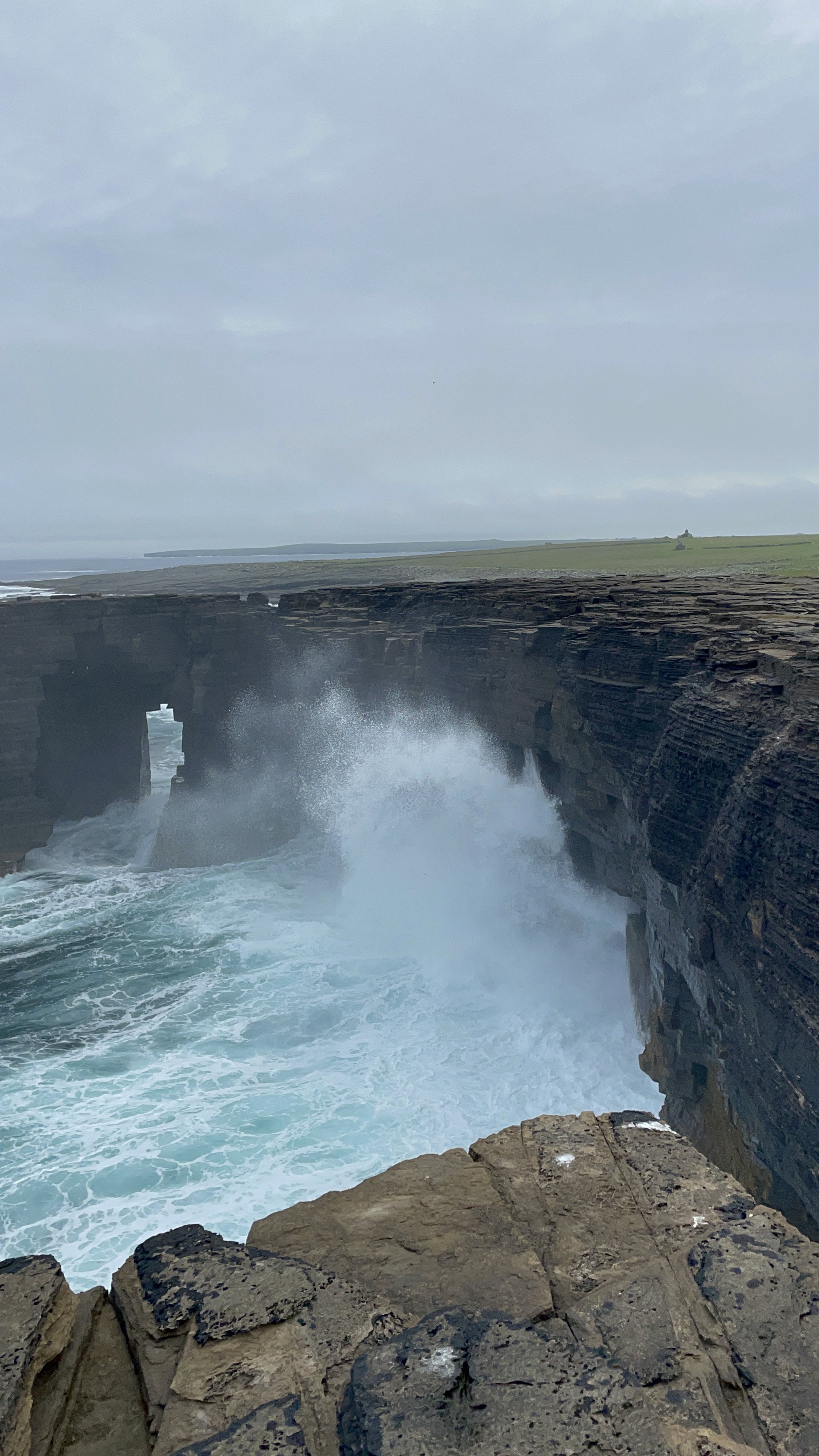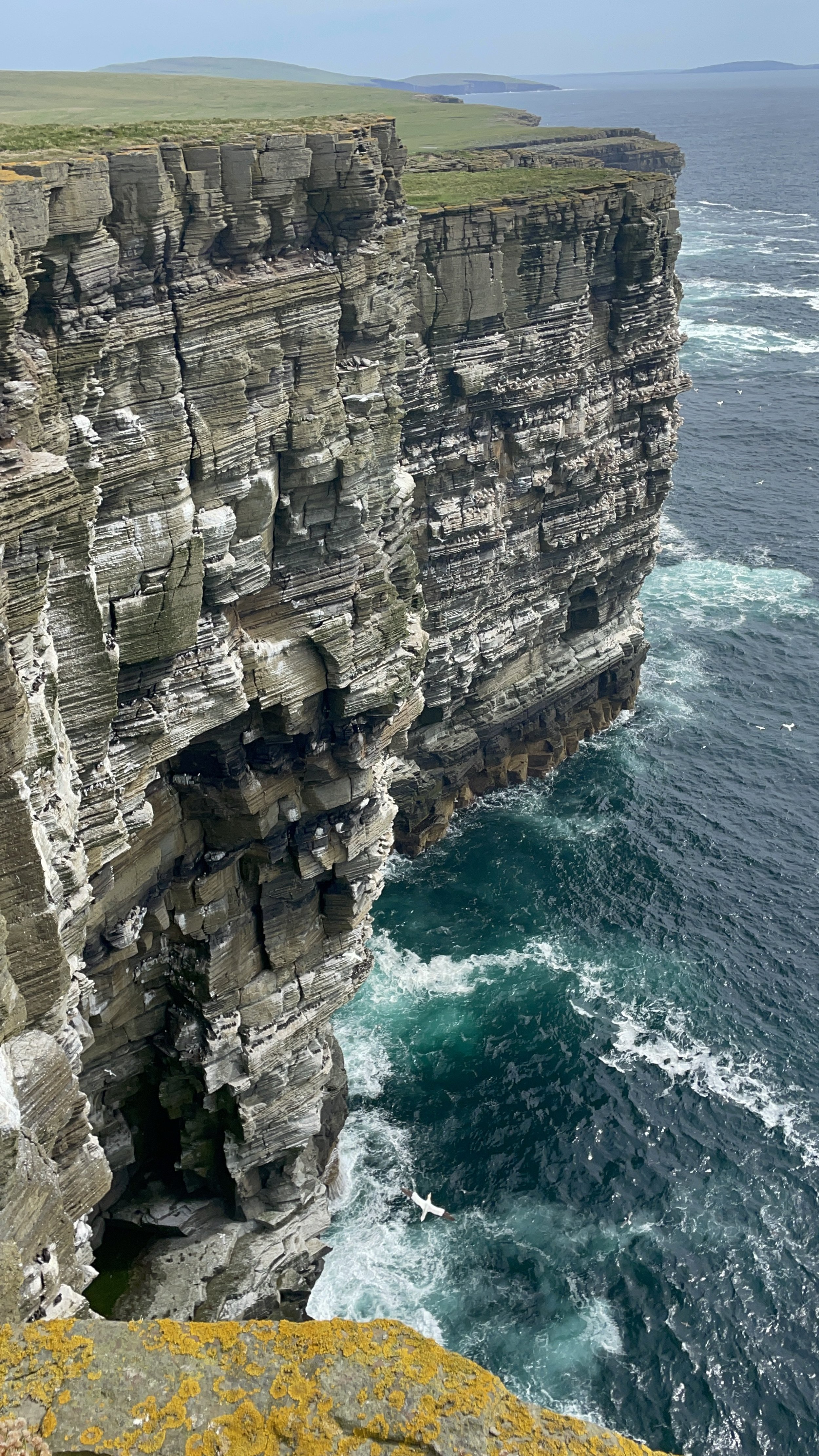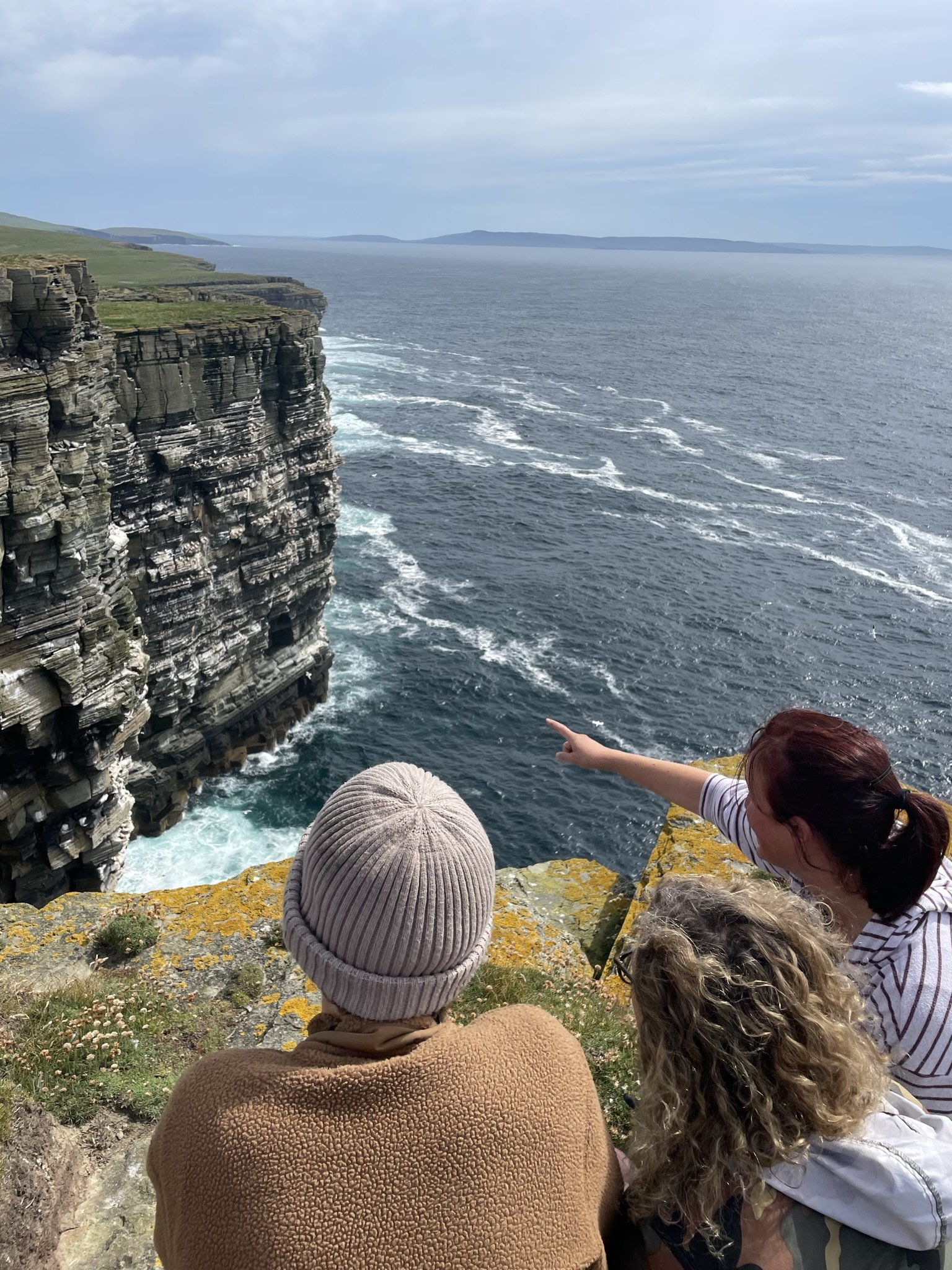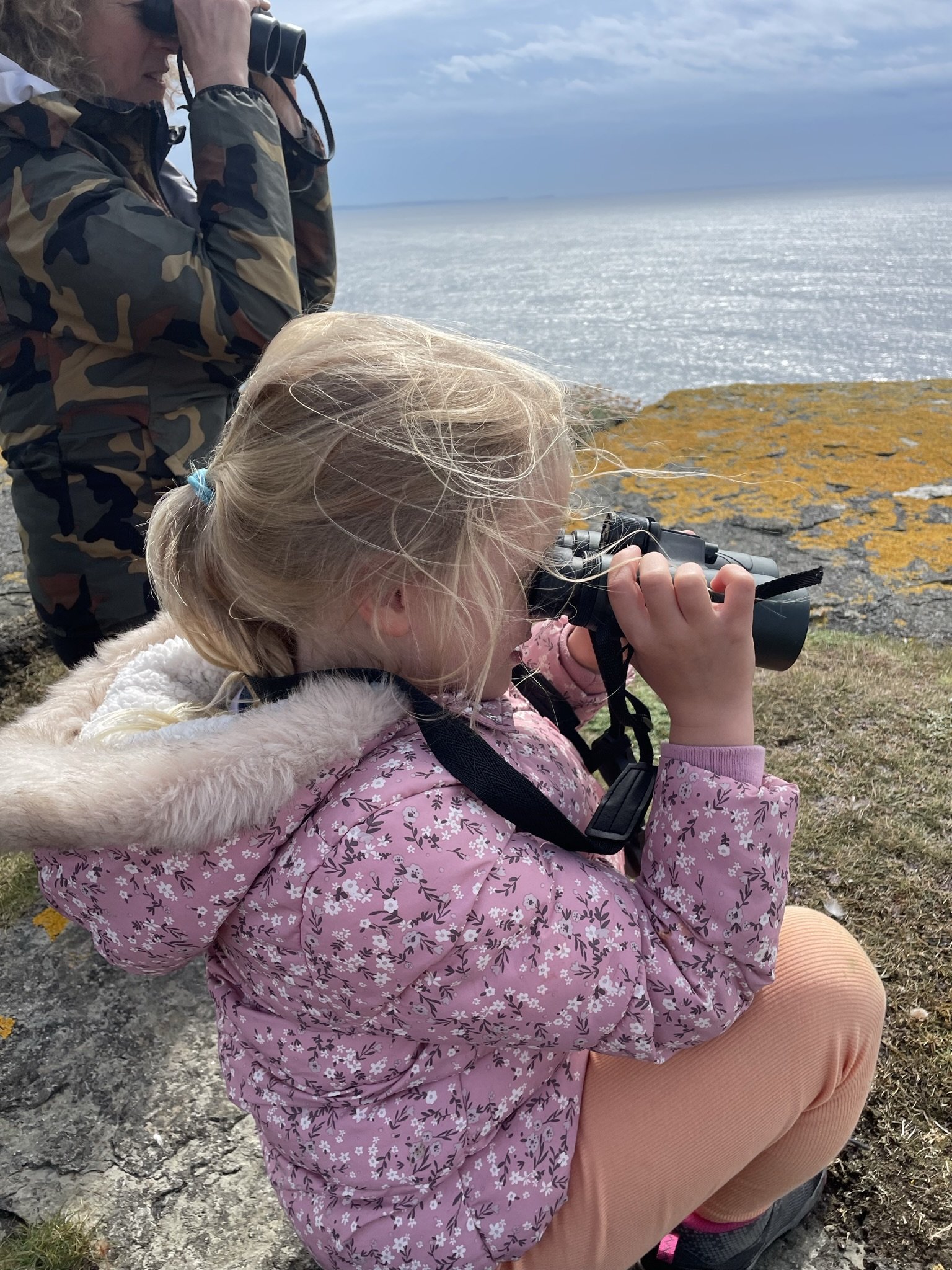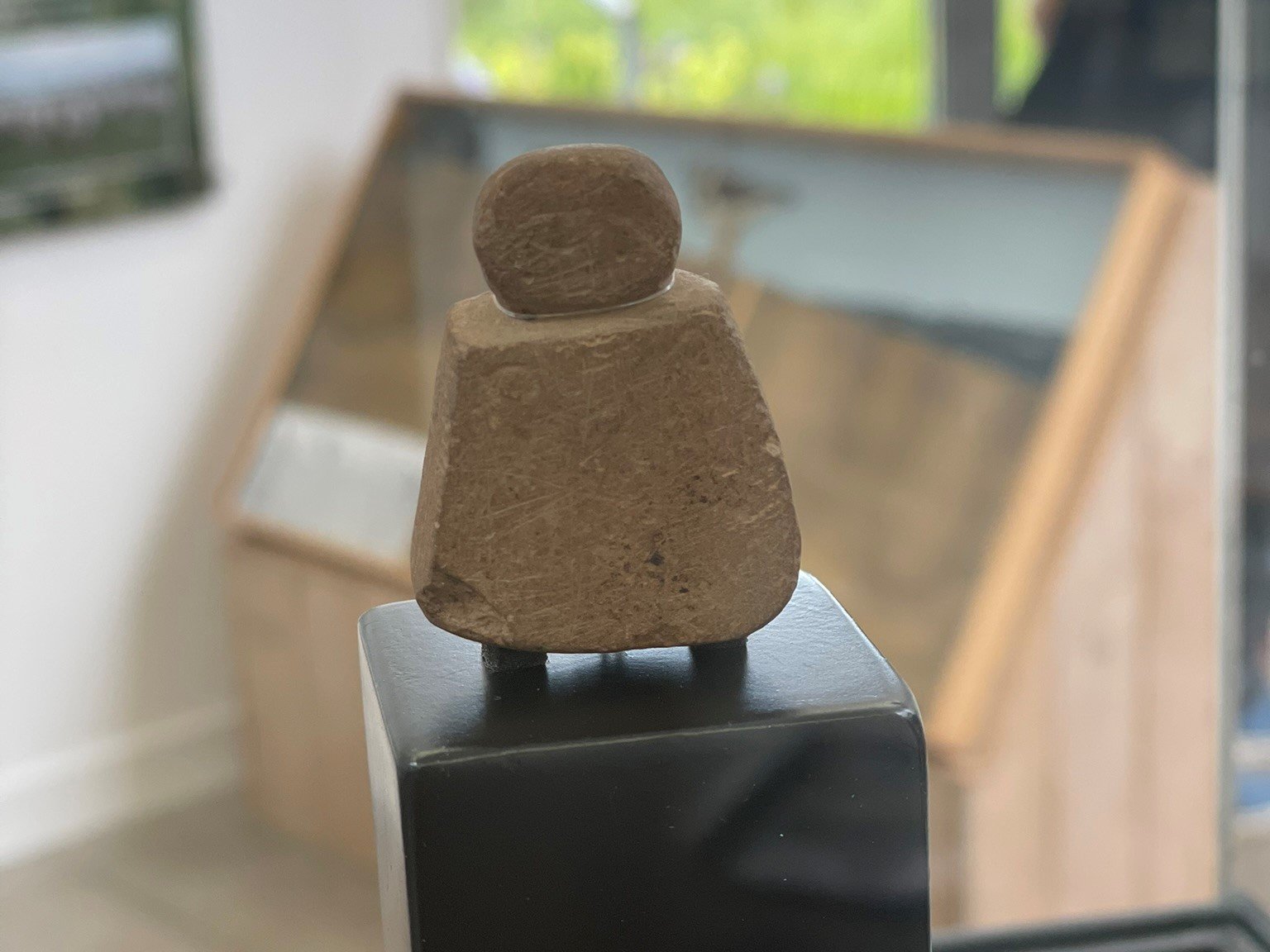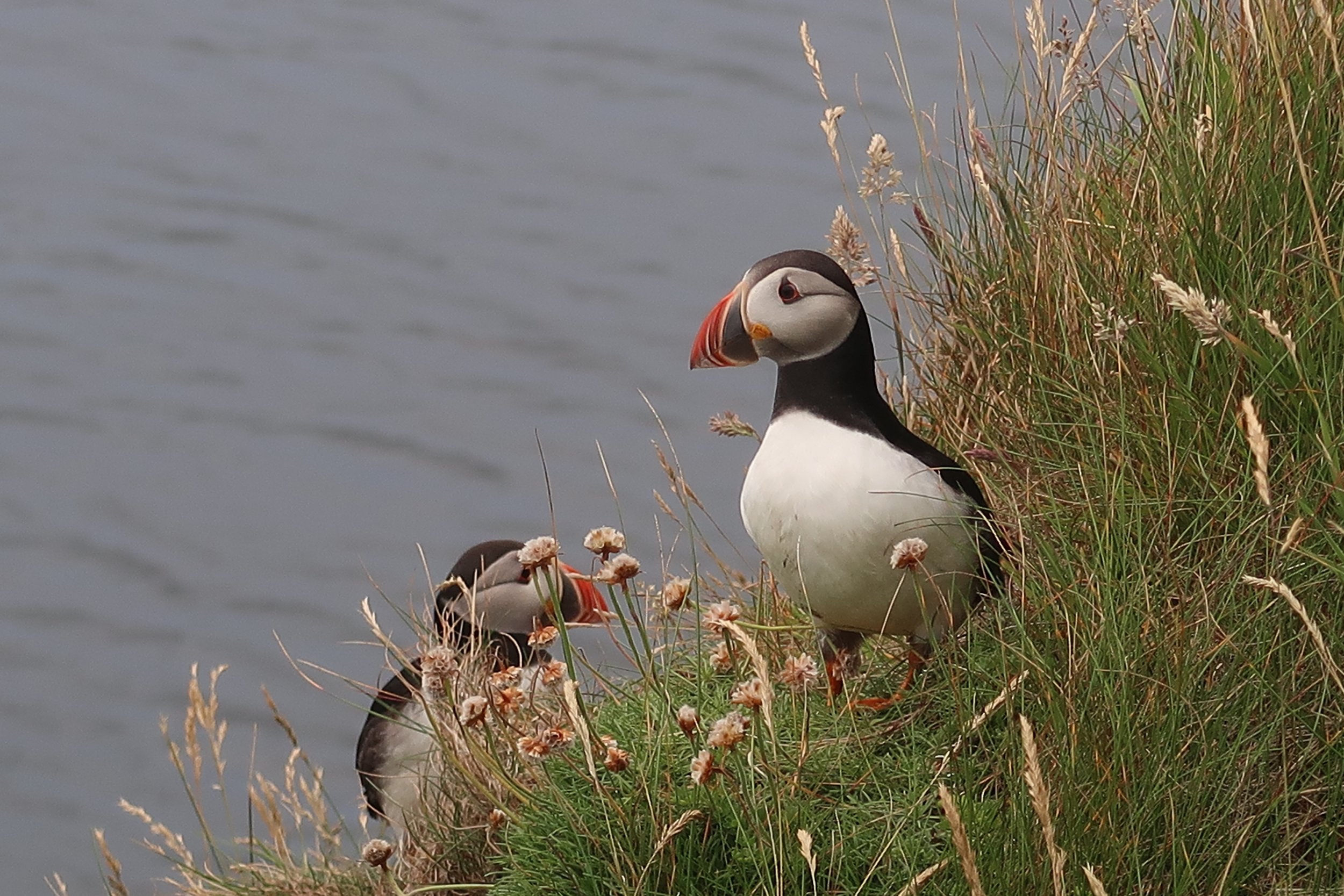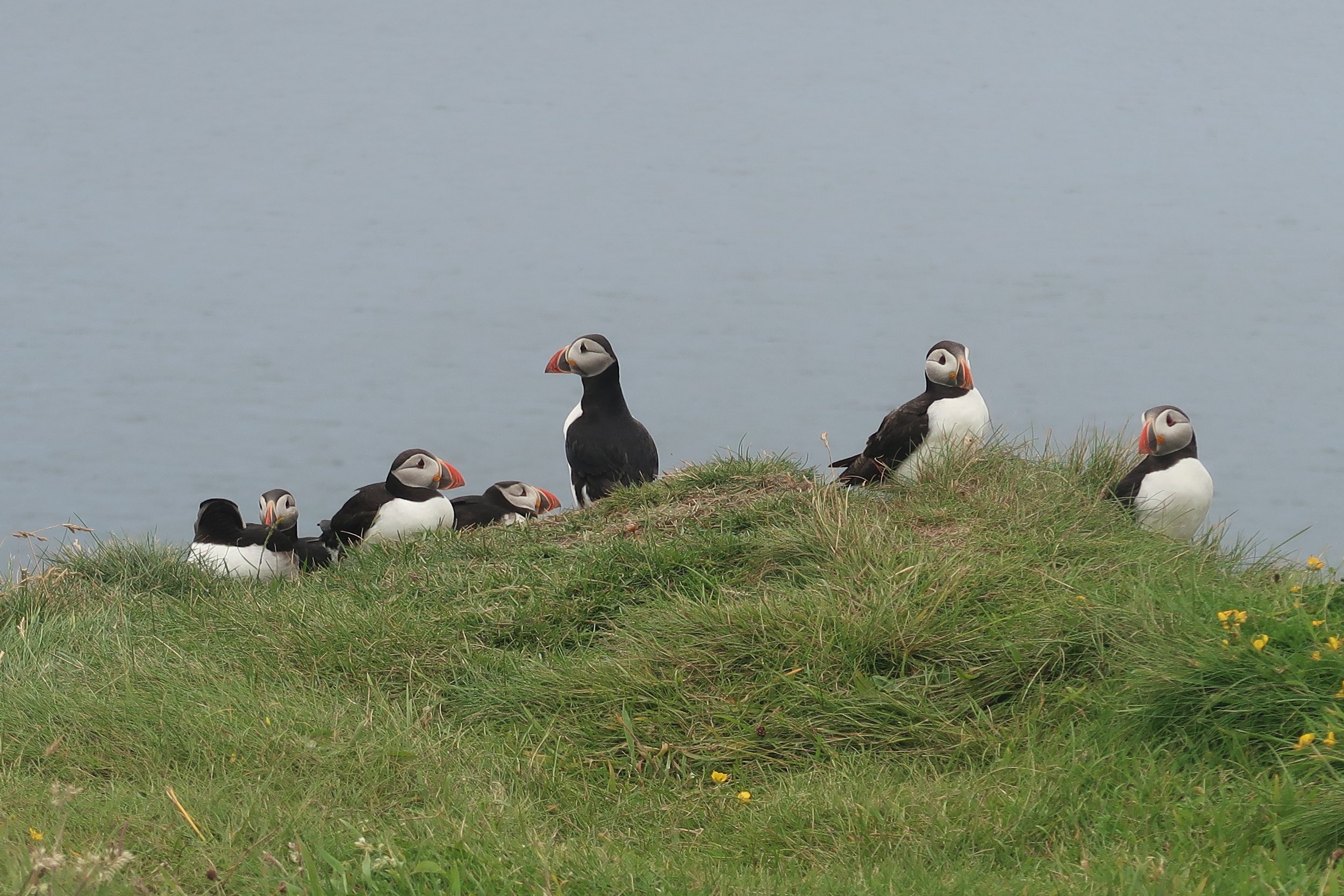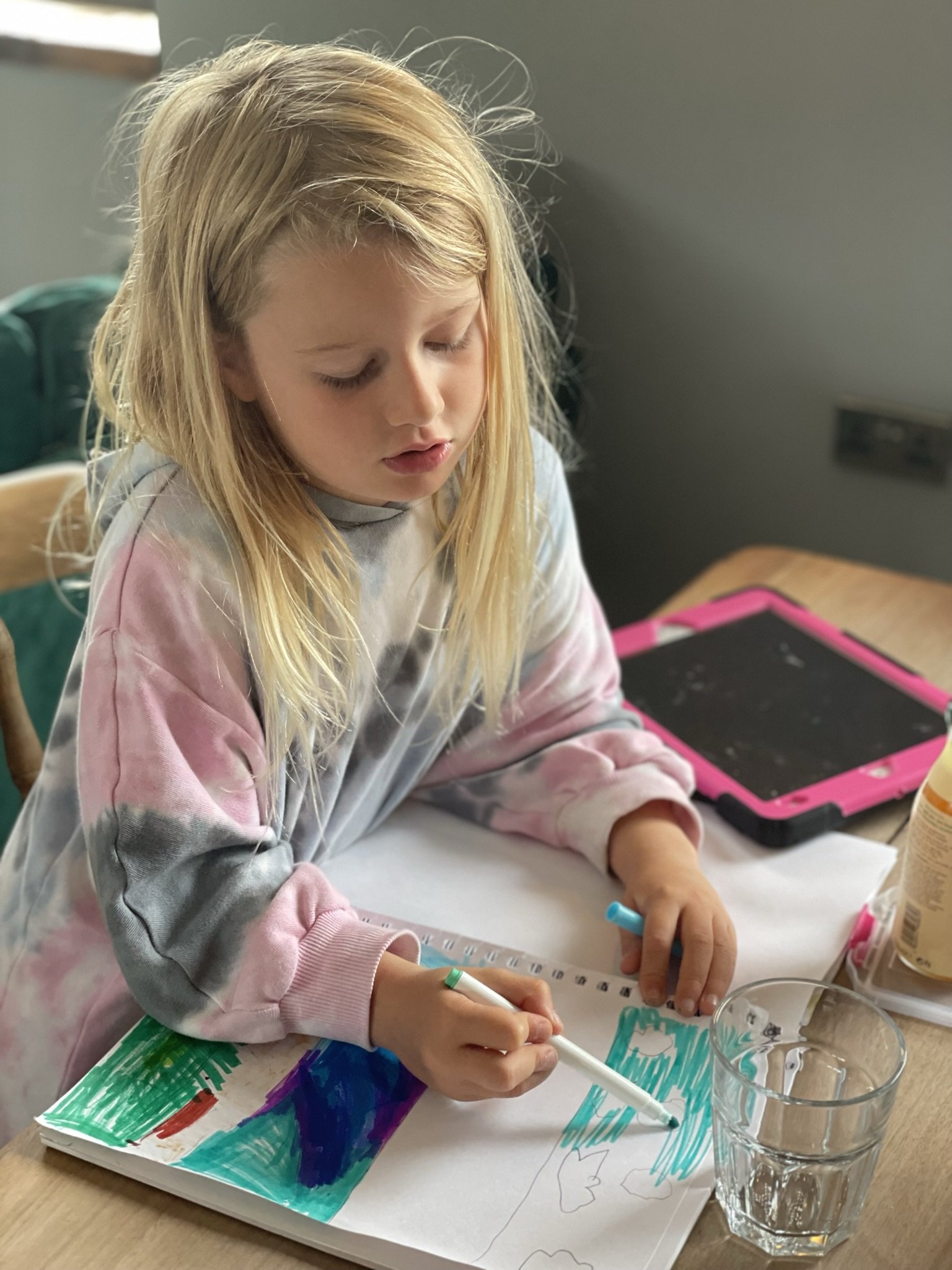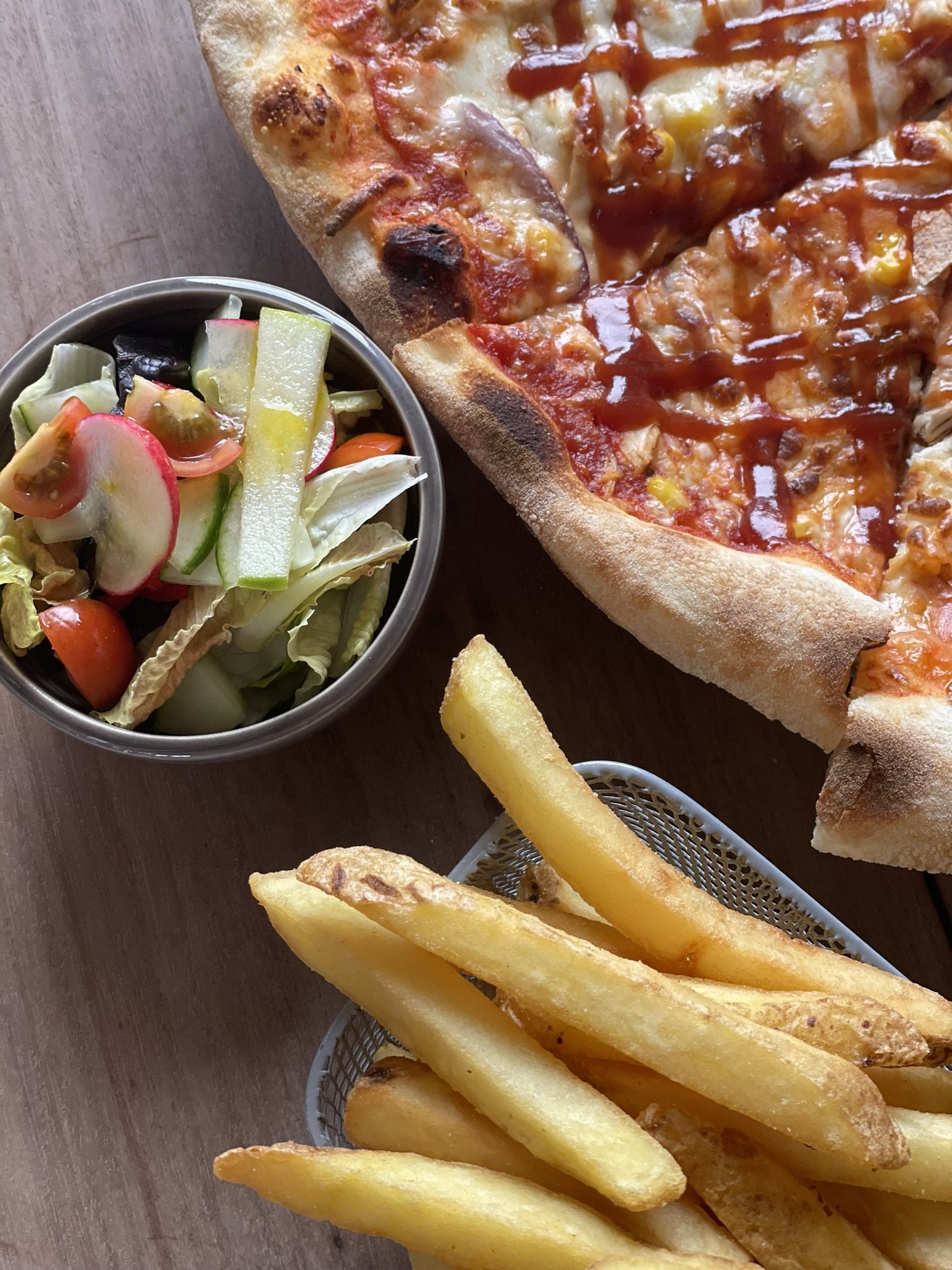A day in Westray, Orkney’s Queen o’ the isles
Westray, Orkney
Last summer, we visited Orkney, our southern neighbour, an island archipelago consisting of around 70 islands, of which 20 are inhabited. With a similar population size (22,000) to Shetland, shared history and a common culture, I was keen to explore these islands and get under the skin.
These islands brim with history; it literally bursts from the ground on an unparalleled scale. From Neolithic standing stones and chambered cairns to palaces and tombs; stones stood still in time. Proud islanders preserve and celebrate this past through skilled crafts, jewellery making and storytelling, ensuring Orkney’s proud heritage lives on.
Westray is dominated by agriculture
Agriculture dominates the island’s economy and is evident at every turn. It’s said that if you scratch the earth, the island bleeds archaeology.
A place of pilgrimage and discovery, it’s little wonder that visitors still marvel at the wonders Orkney has to offer guests today who are blown away by the magical allure of this island archipelago, just a stone’s throw from the north of Scotland.
Orkney’s sixth-largest island, Westray, packs a real punch. Bursting with life and brimming with wildlife, it has retained its sense of identity and feels the most ‘Orcadian’ of all the islands we visited, with a distinct sense of community.
Westray can feel remote from Kirkwall’s ‘bright lights’ but is only a short hop by air or sea.
Orkney Ferries, Kirkwall
Flanked by wild Atlantic waters, Westray’s coastline offers some of Orkney’s best seascapes and dramatic cliffs. The island has a busy and vibrant feel with sweeping sandy beaches and a gentle, fertile interior dominated by farming.
With a history spanning millennia, visit the Westray Wife at the Heritage Centre, a female form carved in stone and the earliest human representation in the UK. Consider prehistoric island life at the Links of Noltland or step inside a Viking longhouse at Quoygrew. Noltland Castle, out of place and scale for the island, represents Scottish influence on the island.
The main village, Pierowall, strung along the coast, is a beautiful place to walk after an evening meal – places to eat include the Pierowall Hotel, Jack’s Chippy, Saintear and Richan’s Retreat.
Westray has some beautiful beaches
Top tip:
Travelling without a car but want to explore further? Hop on the inter-island ferry to Westray and book a tour with Westraak Tours, who pick up guests from the ferry and return them at the end of the trip after a fun-filled day exploring some of the island’s highlights.
Aikerness, Westray
How to spend a day in Westray
Getting to Westray is easy; flights run from Kirkwall airport, and a daily ferry leaves Kirkwall several times a day. We were travelling with a caravan and spending the night, so we caught the early ferry (7 am) from the centre of Kirkwall. Orkney Ferries ask vehicles to arrive twenty minutes before departure, so we packed up early and left the Orkney Caravan Park (Pickaquoy) in good time to make the five-minute drive to the harbour.
The ferry takes an hour-and-a-half and must be booked in advance, particularly during the busy summer months. On the way, we passed the islands of Shapinsay, Gairsay, Egilsay, Eday and Faray before arriving at the southern point of Westray, Rapness Pier, seven miles south of the main village of Pierowall.
Orkney Ferries website could be more user-friendly, and it can take a moment to understand the timetables and routes. But, once you know the course, booking is relatively straightforward, and payments are handled online. (Please note that if you are travelling with a caravan, bookings must be made over the phone).
Westray waves
I had booked a tour with Westraak Tours, and Karen and Andy, who run the business, picked us – and a few other hopeful visitors – up from the ferry.
We arrived under a veil of summer fog, but as the day wore on, the fog lifted, revealing a beautiful and fertile farming island that glistened and shone under the summer sun.
Our first stop was to Karen and Andy’s home in Pierowall, where, after a cup of coffee and some infamous Westray Bakehouse biscuits, we set off for the northernmost part of the island near Aikerness to look at the storm-battered sandstone cliffs that tower from the Atlantic in defiance of the sea. The impressive natural arches, noisy seabirds, including black guillemots and terns, known as pickies, and the elusive Primula Scotica, a tiny purple primula that flowers in both May and July, only found in the North of Scotland in parts of Orkney and Caithness, left us in awe of this beautiful island that brims with wildlife.
Primula Scotica
Afterwards, we headed a mile or two south to Quoygrew, where a Norse settlement dating to the 10th century sits on the shore, threatened by the sea. We also saw the tangle (kelp) walls and remains of a former kelp pit – a nod to the island’s past, where bounty from the sea was an essential and saleable commodity. Every year, islanders would gather kelp and dry it over walls before burning it in circular stone-lined pits. Minerals extracted from the seaweed were used for various processes, including the manufacture of soap and glass. This trade was at its height in the early 19th century, providing an important source of income for communities who lived a subsistence way of life, depending on the land and sea for their needs.
Tangle walls in Westray
From here, we went to the Pierowall Pier, the hub of Westray’s crab and fishing industry and home to the famous Bakehouse – their water biscuits are an island institution in Shetland and Orkney.
It’s from here that the Papay ferry docks, making the short crossing across Papa Sound to Papa Westray. It’s worth building in a trip to Papay. You can make it memorable by taking the world’s shortest flight, a 90-second hop across the sound. I recommend taking a tour with the Papay Ranger to see the incredible wildlife and awe-inspiring Knap of Howar settlement and the island’s wildlife. To get a sense of Papay’s allure, read Amy Liptrot’s novel The Outrun – adapted for the screen as a film.
Papay (Papa Westray) ferry at Pierowall
After watching the ferry arrive and make ready to depart again, we stopped off at Noltland Castle, home at one time to the infamous Gilbert Balfour, who no one on the island holds in high regard.
The castle was built in 1560 during the Reformation, which saw a land grab by wealthy Scots families. Balfour never finished his ridiculously over-the-top castle and was eventually killed. I say ridiculous as there are gun holes in the latrine and a flagged floor on the upper floor that never saw walls, let alone a roof. The castle was never finished, and a roof was never put on the main hall – instead, the family lived in a side wing. Following Balfour’s death, the family never completed the castle.
It’s said that Balfour was romantically acquainted with Mary Queen of Scots, and when her husband, Lord Darnley, was killed, it was suggested that Balfour was behind the murder.
Noltland Castle, home at one time to the infamous Gilbert Balfour
After exploring the castle, which felt more like a folly than the stately home of a respected family, we went back to Karen and Andy’s, where Karen had rustled up a meal fit for a lord. We had homemade soup, Westray smoked mackerel, fresh salad from their garden, Westray eggs, cheese, bread and biscuits, and Karen’s homemade sticky toffee pudding. As well as a full belly, I also came away with the recipe and a doggy bag of leftovers.
Noup Head Lighthouse
After lunch, we made our way up the bumpy track towards Noup Head, in the island’s northwest, where the impressive Stevenson Lighthouse acts as a guiding light to shipping. With extensive views across to the Brough of Birsay on Mainland Orkney, we also spotted Fair Isle, Shetland’s most southerly island, to the northeast.
The seabird colonies are incredible, reminding me in many ways of the Noup of Noss in Shetland. The birds nest on the sheer and impressive 76-metre-high sandstone cliffs at Noup Head. The cliffs, a honeycomb of eroded sandstone ledges, play host to a noisy colony of giggling guillemots, elegant gannets, chattering kittiwakes, razorbills, fulmars and the odd puffin or three.
It was heartening to see so many kittiwake chicks on the cliffs. As the only true marine gull, these birds are particularly susceptible to even the slightest change in the marine environment. In general, I saw more kittiwakes last summer than any other in my memory, leading me to wonder if the bird flu that devastated great skua populations throughout last year had a beneficial impact on the kittiwakes.
After enjoying the colonies for some time at the Noup, we went to the Heritage Centre, which hosts the incredible and enigmatic ‘Westray Wife’.
The Heritage Centre is an accredited museum and has been able to maintain ownership of the island’s cultural history, keeping their history locked into the island rather than passed to the National Museum in Edinburgh where, invariably, finds spend their days in storage, packed away in carefully labelled boxes.
The Westray Wife, a carved stone depicting a female form and the earliest human representation in the UK, takes pride of place in this well-curated museum. For an island of only 600 people, to retain a find of such national importance is incredible.
The Westray Wife on display in the Westray Heritage Centre
The museum shop had a fine selection of local books and arts and crafts, including pottery from the aptly named Harray Potter, who creates ceramics from his home studio in Harray on the Orkney Mainland.
To end the tour before the rest of the party went on to catch the ferry, we visited the Brough of Burrian, where the puffins gaily performed for the cameras on top of the cliffs. It pains me to say it, but I think that the puffins of Westray could rival the colonies we find in Shetland, and I think it’s the best show of puffins I’ve ever seen. Set against the backdrop of a setting sun, hung low in the late summer sky, it was the perfect way to round off an incredible tour with Karen and Andy from Westraak Tours.
In the evening, we visited the Pierowall Hotel – an unassuming building with a pretty garden and a bustling restaurant. The menu was simple, honest pub grub. Aaron had a pastie, I had trout, and the bairns had sausages and pizza, all washed down with ice cream sundaes and Orcadian beer (not for the children, obviously).
In the morning, following a night on the Chalmersquoy Campsite, where Teenie and her husband Michael looked after us, we visited some of the beautiful beaches with sparkling turquoise waters.
Chalmersquoy has 12 hard-standing pitches for motorhomes or caravans, electric hook-ups, showers, toilets, laundry, a drying room, and a fully-equipped kitchen. It’s on the outskirts of Pierowall and within walking distance of the amenities in the village. Teenie and Michael also offer The Barn (a quality hostel) and two on-site self-catering units.
Lunch was at Saintear, a hip modern café with a cosmopolitan coffee shop feel. Serving paninis, soup and pizza, we whiled away a couple of hours before catching the lunchtime ferry back to Kirkwall.
Westray has a real community feel. It’s an island people stay in, working and living, not a satellite island to the wider Mainland. Locals only tend to leave to go to Kirkwall if they have a purpose. Therefore, it doesn’t feel like an island exodus every morning with the first ferry. Everything you could need is available on the island.
The population sits at about 600, and the school roll is at 88 – a healthy roll call for the island that educates children up to 16 before sending them to board in Kirkwall for their final two years.
The three shops that service the island are well-stocked, and food is available from Pierowall Hotel, Saintear and Jack’s Chippy. They’re not all open every day, but food is always available, and the businesses work together so as not to compete for trade – or let visitors go hungry.
My favourite Westray exports are the Westray Bakehouse biscuits – the water biscuits being a firm favourite in our house. The Bakehouse, which has remained in the same family for generations, now has a modern production facility – a step on from the small outbuilding it began its life in.
The crab processing factory provides jobs and supplies a hungry Orcadian market with fresh crab, and the salmon industry provides 22 essential jobs locally. However, as with all the islands, the main industry is cattle farming.
We loved our brief visit to Westray and would like to thank Karen and Andy and Teenie and Michael for their hospitality, good humour and passion for their island home.
Seals in Pierowall, Westray
Ways you can support my work…







